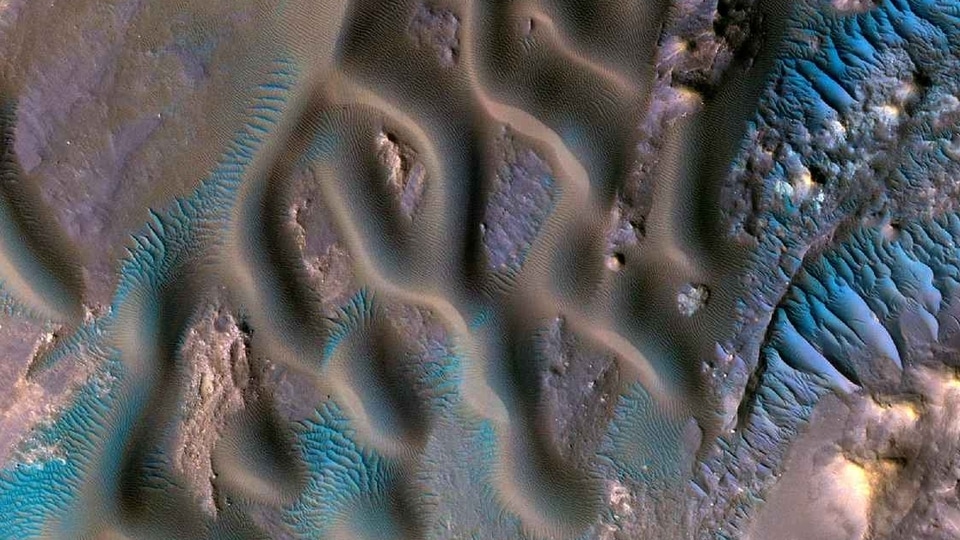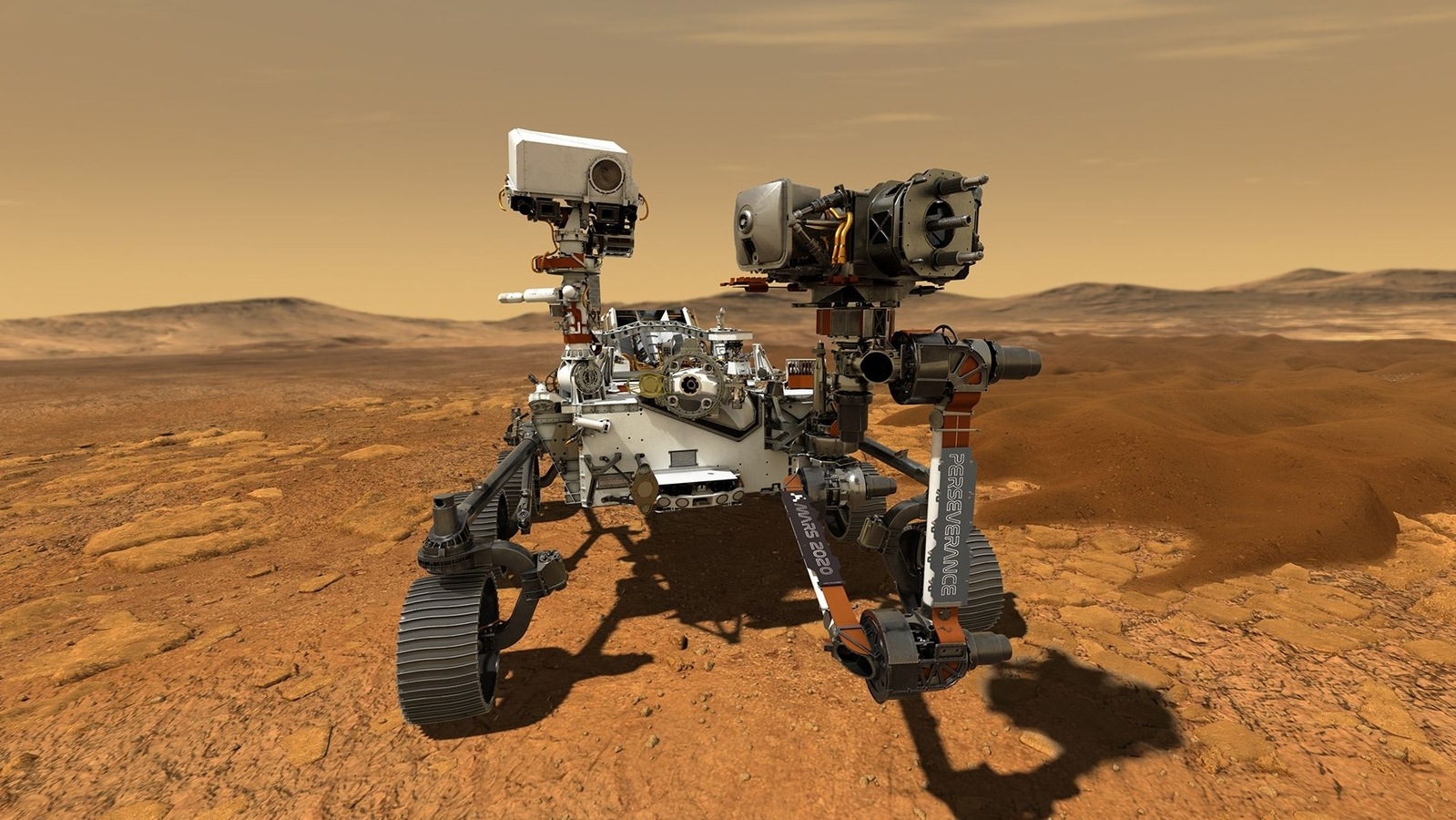NASA plans to bring back Mars rock samples revealed
NASA plans to bring 30 Martian rock samples back to Earth in 2033, the agency said Wednesday -- and is sending two small helicopters to help the mission.






 View all Images
View all ImagesNASA plans to bring 30 Martian rock samples back to Earth in 2033, the agency said Wednesday -- and is sending two small helicopters to help the mission.
The Perseverance rover, which landed on Mars in February 2021, has so far collected 11 samples as part of its hunt for signatures of ancient life.
But bringing them back for detailed lab study on Earth is proving to be a highly complex task.
Up until now, NASA was planning on sending another rover to Mars to pick up the samples from Perseverance then bring them to a robotic lander equipped with its own rocket, called the Mars Ascent Vehicle.
This in turn would fire the samples into orbit where they would be collected by a European spaceship.
Now, however, the second "Sample Fetch Rover" has been scrapped and Perseverance itself will deliver the precious cargo directly to the lander, which will use a robot arm to extract it.
But since NASA always plans for contingencies, it has a backup plan in case Perseverance becomes immobilized.
The lander, which should launch from Earth in 2028 and land on Mars in mid-2030, will also carry two mini helicopters.
Perseverance brought with it its own helicopter, called Ingenuity, which carried out the first powered flight on another world, and has now made a total of 29 sorties.
The two new helicopters will be a little heavier, equipped with wheels to be able to move on the ground as well, and come with a small arm allowing them to recover the samples.
In this scenario, Perseverance would first drop the samples on the ground, the helicopters would pick them up, then place them next to the ascent vehicle.
The orbiter would be set to return to Earth in the Utah desert in 2033.
Catch all the Latest Tech News, Mobile News, Laptop News, Gaming news, Wearables News , How To News, also keep up with us on Whatsapp channel,Twitter, Facebook, Google News, and Instagram. For our latest videos, subscribe to our YouTube channel.





























